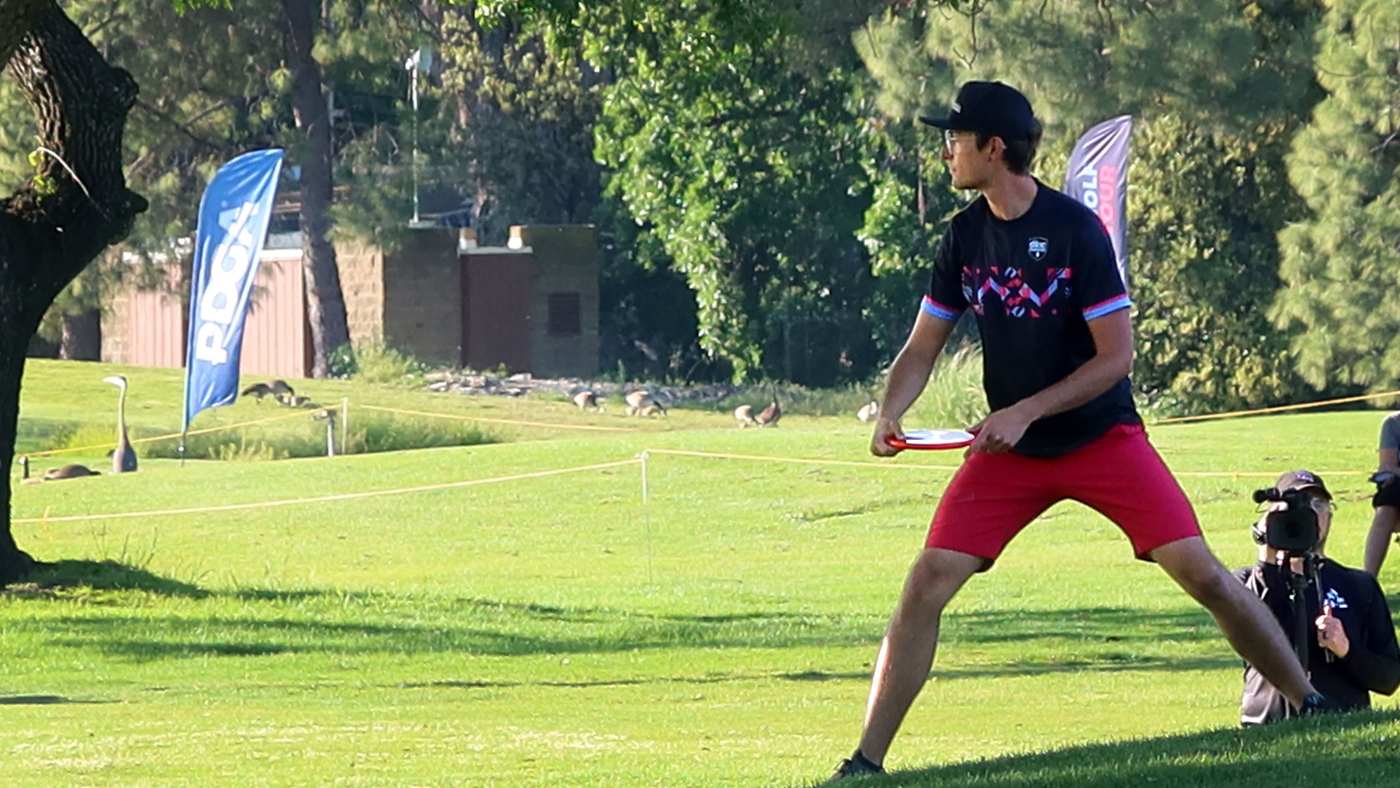Disc golf offers a fascinating blend of athleticism and strategy, both of which heavily influence the potential distance of your throws. While countless variables play a role, two significant controllable factors – disc release speed and disc weight – have profound effects. As we delve into this complex yet intriguing topic, we’ll reveal key insights and strategies for improving your disc golf distance.
The Physics of Disc Golf Distance
The insightful data harvested by Theo Pozzy in 2000 during a disc golf distance driving event (Disc Golf World News, Spring 2001), is a critical source of understanding. Using a radar gun, he revealed a compelling connection between disc release speed (measured in MPH) and total flight distance (measured in feet).
What his study elucidated was that within the 45-70 MPH release speed range, which includes the majority of disc golf players, the correlation between speed and distance is strikingly consistent. Specifically, for each 1MPH increase in disc speed, the average drive distance elevated by 7.2 feet.
The Science Behind the Throw: Interpreting the Data
To effectively digest Pozzy’s findings, we need to underscore some crucial data points:
- 1108.92 feet: The record for the longest drive, set by David Wiggins Jr in 2016, using a 154g Innova Boss disc.
- 630 Feet: The maximum drive distance recorded in Pozzy’s study.
- 84MPH: The fastest drive ever recorded, by Robbie Bratten in 2012.
Considering Robbie’s record-breaking 84 MPH as the upper limit of speed, it’s plausible to conjecture that Simon’s record-breaking throw was nearly at this speed. So, what does it tell us about the magic behind those extra feet?
Two pivotal factors merit consideration. Firstly, the discs utilized in the study were predominantly Speed 9, which by modern standards, is relatively slow. It’s conceivable that a Speed 13 Distance Driver could surpass the 7.2’ per/MPH gain. Secondly, Simon’s remarkable throw was buoyed by a substantial 17.1MPH tailwind. Without this aerial aid, his throw might not have exceeded the 800-foot mark.
Amplifying Your Throw: Maximizing MPH for Better Distance
Given the data from the 2000 study, let’s explore two effective strategies for bolstering your disc golf drive distance, by leveraging disc release speed and disc weight.
Boost Your Forward Velocity
Each successful throw is a blend of arm speed and forward speed relative to the ground. One straightforward way to escalate distance is by augmenting the velocity of your final approach steps.
Consider this example: a leisurely 4MPH approach combined with an arm speed of 60MPH would produce a release velocity of 64MPH. By pushing your approach speed to a brisk 8MPH, the release velocity leaps to 68MPH, potentially adding an extra 30 feet to your drive.
Optimize Disc Weight for Driver Distance
The complexities of flight dynamics aside, it’s been empirically demonstrated that lighter discs are capable of astonishingly long flights. Interestingly, no disc over 170g has ever crossed the 800-foot threshold.
Employing physics, it’s evident that the force required to accelerate a 175g disc to 50MPH is the same needed to accelerate a 155g disc to 56.5MPH. This implies that the same energy exerted could result in an additional 6.5MPH in velocity or 47 feet in total distance.
Though lighter discs are more prone to wind effects, they could be a game-changer when the conditions are favorable. For those striving for maximum distance, discs in the 150-160g weight range are the optimal choice.
In the nuanced game of disc golf, understanding and adapting to the intricate variables at play can dramatically improve your performance. Embrace the science of the game, and witness your disc golf drives soar to new heights.

